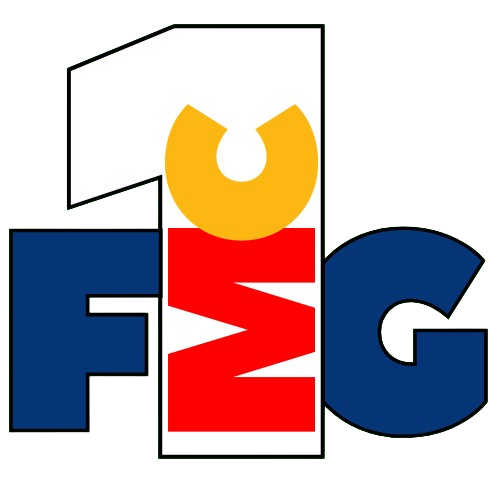FMCG Price Hikes Loom as Commodity Costs Rebound
India’s FMCG sector is bracing for a new wave of price hikes as commodity costs trend upward, reversing the deflation witnessed in recent quarters. Industry executives anticipate a targeted pricing response, particularly in categories such as home care and packaged foods, where input costs have shown steady increases in recent months.
Key raw materials—including soda ash, linear alkyl benzene (a critical ingredient in detergents), and packaging materials like laminates—have become more expensive over the last quarter. FMCG majors are expected to pass these costs on to consumers through a combination of direct price increases and reduced grammage in smaller pack sizes.
According to market analysts, neem-coated urea (a fertilizer derivative used in some agri-linked FMCG products) has risen nearly 20% year-on-year, and soda ash prices have escalated by more than 15% in the same period. These inflationary pressures are leading companies like Hindustan Unilever, Godrej Consumer Products, and Dabur India to reassess their pricing strategies in the quarters ahead.
Several top FMCG players noted a shift from the deflationary environment that existed over the past four to five quarters, which had previously led to price corrections and smaller SKUs being priced lower to drive rural penetration. With key inputs now showing upward price trends, firms may scale back discounts and begin hiking prices selectively, depending on category dynamics and regional demand elasticity.
Packaged foods, in particular, are expected to see modest pricing tweaks as firms aim to protect margins while balancing volumes. Additionally, any surge in monsoon-related inflation or oil price volatility could exacerbate cost pressures across the supply chain, further nudging prices higher.
Industry watchers believe that while a blanket price increase is unlikely, strategic interventions—especially on premium and mid-tier SKUs—will be necessary to maintain profitability amid rising input costs. The rural market, which has just begun showing signs of revival, may experience a slower price rollout to avoid demand shocks.
As FMCG firms gear up for Q2 and beyond, cost management and pricing agility will be crucial to navigating commodity headwinds while sustaining volume growth in a competitive market landscape.
